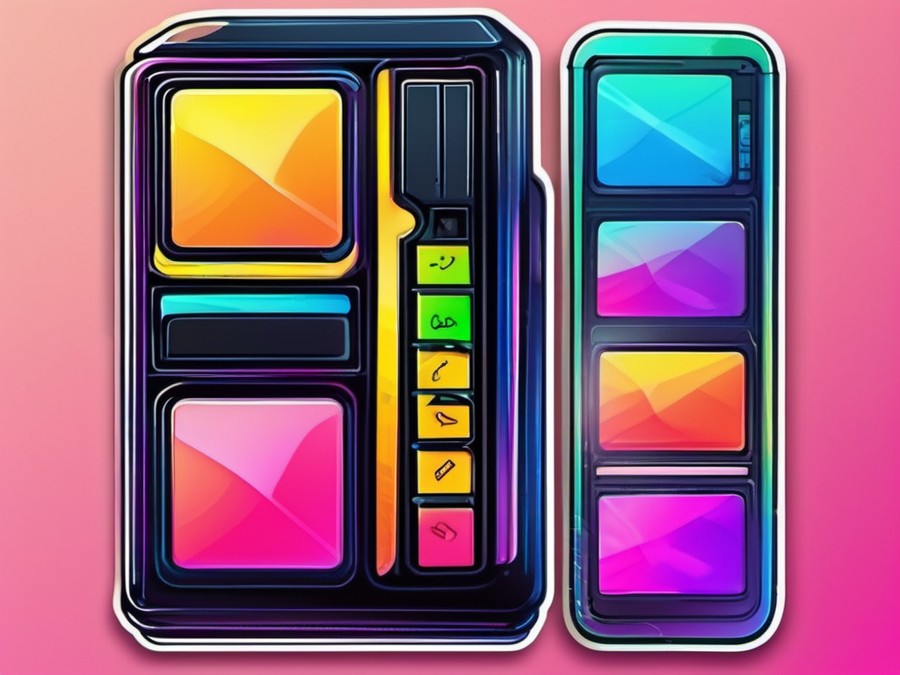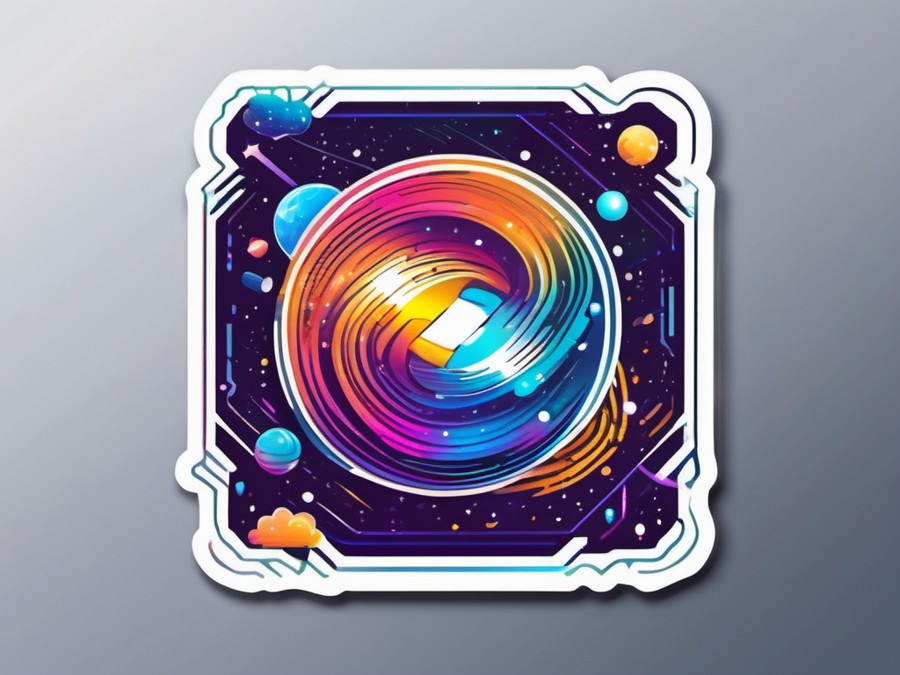· Charlotte Will · Memory Cards · 5 min read
What is UHS-I and UHS-II in Memory Cards?
Discover the difference between UHS-I and UHS-II memory cards and learn why speed matters for photography, videography, and high-speed devices.

When you’re shopping for memory cards, especially for your camera or other high-speed devices, you’ll often come across terms like UHS-I and UHS-II. But what do these mean, and why should you care? Let’s dive in and find out.
Understanding UHS: A Brief History
UHS, which stands for Ultra High Speed, is a designation that was introduced by the SD Association in 2010. This rating system helps users understand the speed class of their memory cards. Before UHS, there were only basic and high-speed classes, which are now considered obsolete.
What is UHS-I?
UHS-I, sometimes referred to as UHS SDR104 (Single Data Rate 104), is the first generation of UHS memory cards. These cards offer speeds ranging from 50 MB/s to 104 MB/s, making them suitable for Full HD video recording (1080p). If you’re shooting high-resolution photos or 4K videos, UHS-I might not be enough.
What is UHS-II?
UHS-II, or UHS SDR104 (Single Data Rate 104), is the second generation and offers significantly higher speeds, ranging from 156 MB/s to over 300 MB/s. These cards are designed for high-speed devices like professional cameras, drones, and even some smartphones. They’re ideal for capturing 4K videos or burst shots of high-resolution images.
Why Should You Care About UHS Speed Class?
Faster Writing Speeds
Higher UHS speeds mean your device can write data faster, reducing lag time and improving overall performance. This is particularly important for photography and video, where every millisecond counts.
Better Video Quality
With UHS-II, you can record higher resolution videos without frame drops or buffering issues. This is crucial for professionals who need smooth, high-quality video playback.
Improved Burst Shooting
If you’re into action photography, a faster memory card can handle more rapid shots in succession. This ensures you capture every moment without any missed frames.
Quicker Data Transfer
When you’re ready to transfer your files to a computer or another device, UHS-II makes the process quicker. This can shave off hours of waiting time, especially for large files like RAW images or 4K videos.
How to Choose Between UHS-I and UHS-II
When it comes to choosing between UHS-I and UHS-II, consider your device’s capabilities and your personal needs:
- If You Shoot in Full HD (1080p): UHS-I should suffice, especially if you’re not capturing rapid bursts of images.
- If You Shoot in 4K or Capture Burst Photos: UHS-II is a better choice. It provides the speed and performance needed for high-resolution tasks.
- If Your Device Supports UHS-II: It’s worth investing in a UHS-II card to take full advantage of your device’s capabilities.
For more insights into the benefits of using a faster memory card, you can check out our article on What is the Benefit of Using a Faster Memory Card?.
Other Important Factors Besides UHS
While the UHS rating is crucial, it’s not the only factor to consider when choosing a memory card:
Capacity
Ensure your card has enough storage for your needs. Cards now range from 32GB to over 1TB.
Durability
Look for cards with features like water resistance, shock protection, and temperature durability. These features can protect your data in harsh conditions. For more information on waterproof memory card cases, see our article on What is the Importance of Waterproof Memory Card Cases for Outdoor Enthusiasts?.
Brand Reputation
Stick with reputable brands known for reliable and high-quality cards. Brands like SanDisk, Samsung, and Lexar are often recommended.
Real-World Examples: When Speed Matters
Wildlife Photography
Imagine you’re a wildlife photographer. You spot a rare bird of prey in action, and you want to capture every second of its flight. A slower memory card could miss crucial frames or cause your camera to buffer, but with UHS-II, you can snap away without worrying about lag.
Professional Videography
Perhaps you’re a videographer shooting a high-budget commercial in 4K. UHS-II ensures smooth video recording without artifacts or drops, preserving the quality and integrity of your work.
For more tips on choosing the best memory card for specific activities like drone photography, you can refer to our guide on What is the Best Memory Card for Drone Photography?.
Common Misconceptions About UHS Speed
- “Faster Cards Mean Immediate Speed Upgrades”: While UHS-II cards are faster, your device must support this speed to see the benefits.
- “More Expensive Means Better”: Don’t be fooled by price alone. Consider your device’s compatibility and your specific needs.
- “UHS-II is Only for Professionals”: While professionals often use UHS-II, even enthusiasts can benefit from the speed boost.
The Future of UHS and Memory Cards
As technology advances, we can expect even faster memory cards in the future. The SD Association has already introduced UHS-III, which promises speeds up to 624 MB/s. However, widespread adoption and device support are still in progress.
Conclusion
Understanding UHS-I and UHS-II is crucial for anyone who relies on memory cards, whether you’re a professional photographer, a hobbyist filmmaker, or someone who simply wants the best performance from their device. By choosing the right speed class, you can ensure optimal performance and make the most out of your gear.
FAQs
Can I use a UHS-II card in a UHS-I device? Yes, UHS-II cards are backward compatible with UHS-I devices. However, you’ll only get UHS-I speeds in a UHS-I device.
What happens if my memory card is too slow for my device? If your memory card is too slow, you might experience lag, buffering issues, or even missed frames when shooting videos or photos.
How do I know if my device supports UHS-II? Check your device’s manual or specifications. Most professional cameras and high-end devices will indicate if they support UHS-II.
Does the UHS speed affect data transfer to a computer? Yes, a faster UHS speed can make data transfers quicker. However, the speed of your computer’s card reader also plays a significant role in transfer speeds.
What should I do if my UHS-II card isn’t performing as expected? If you’re not seeing the expected speeds, ensure your device supports UHS-II and that your card is properly formatted. Additionally, some devices might require a firmware update to fully utilize UHS-II speeds.




